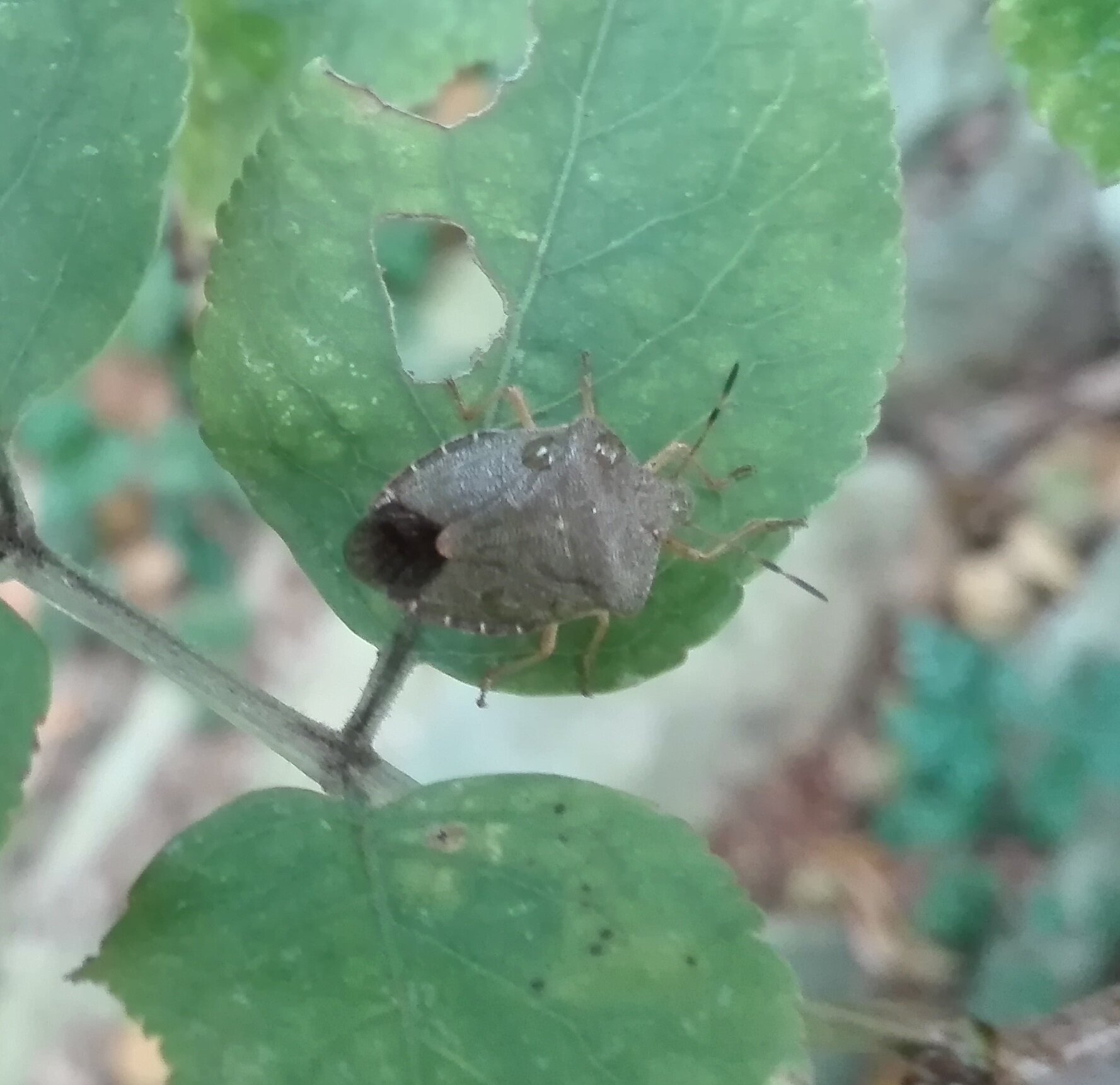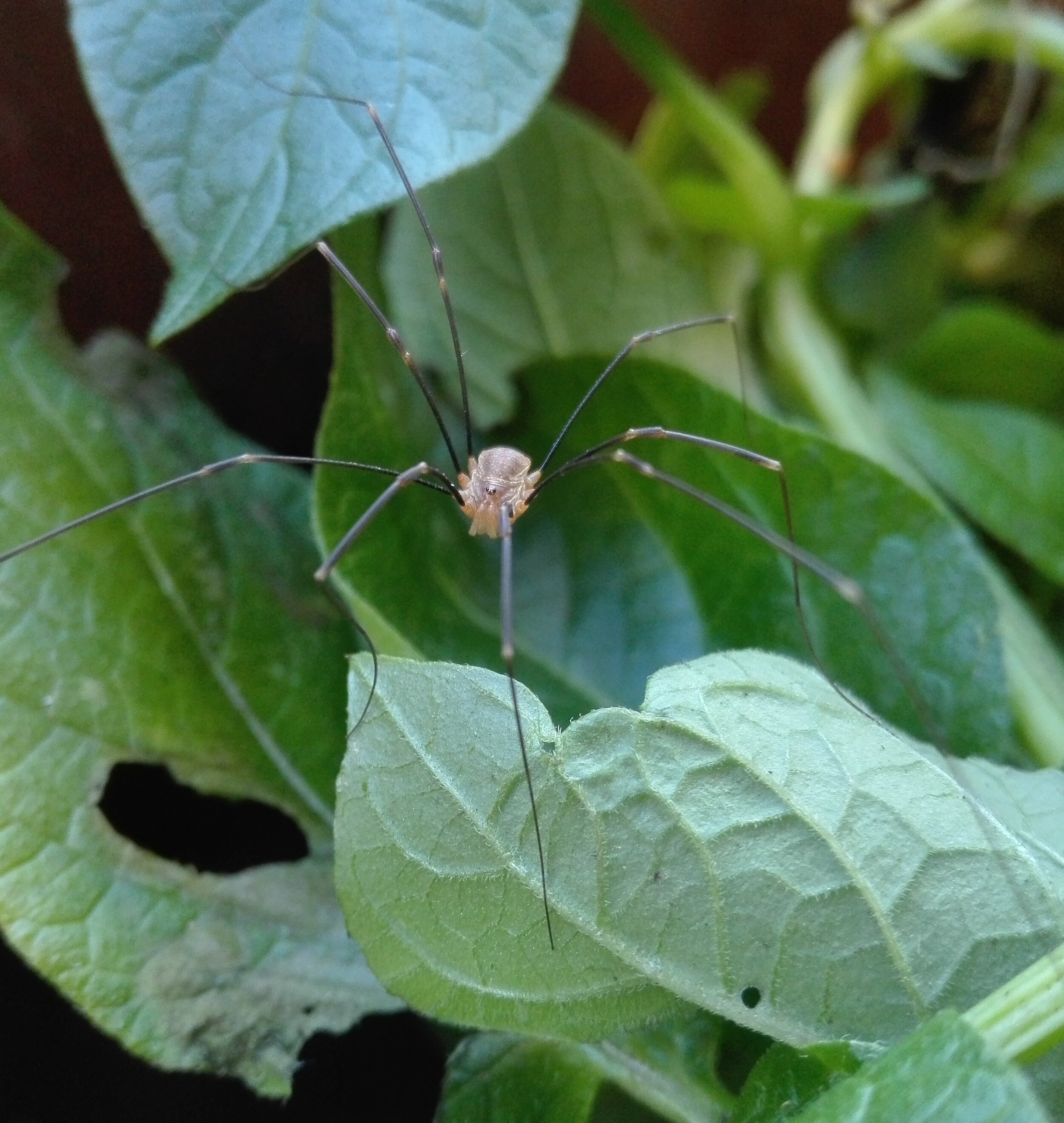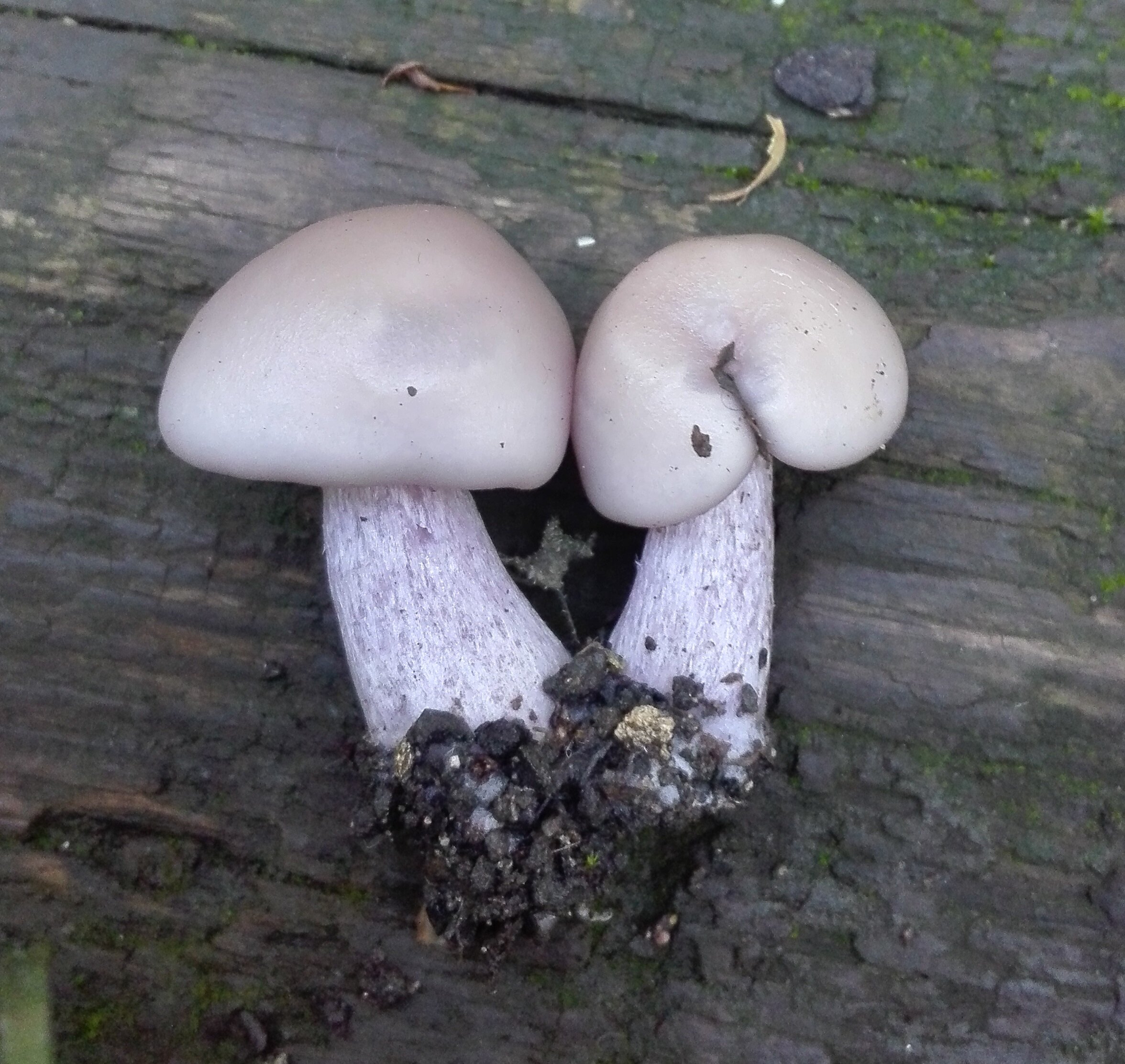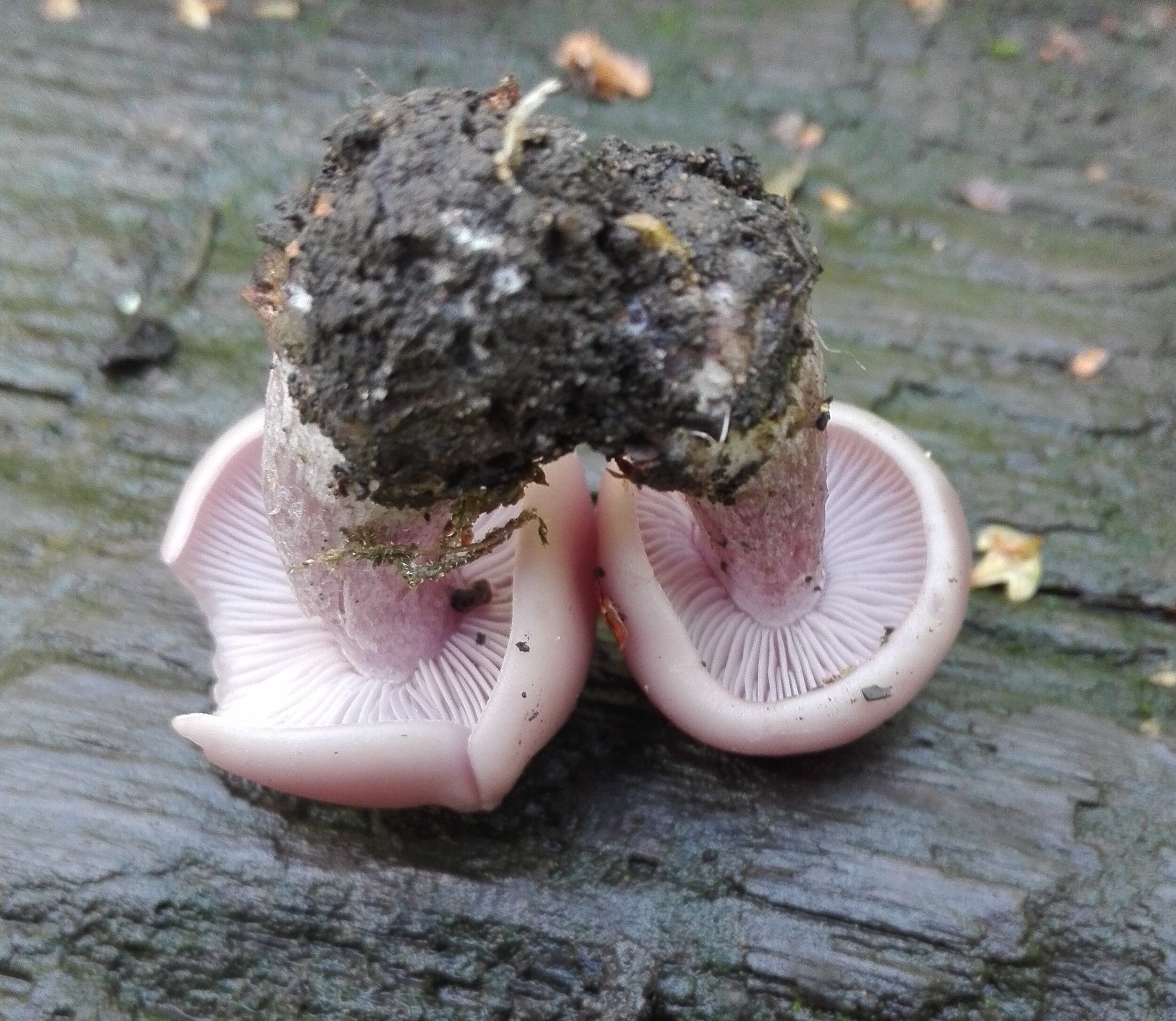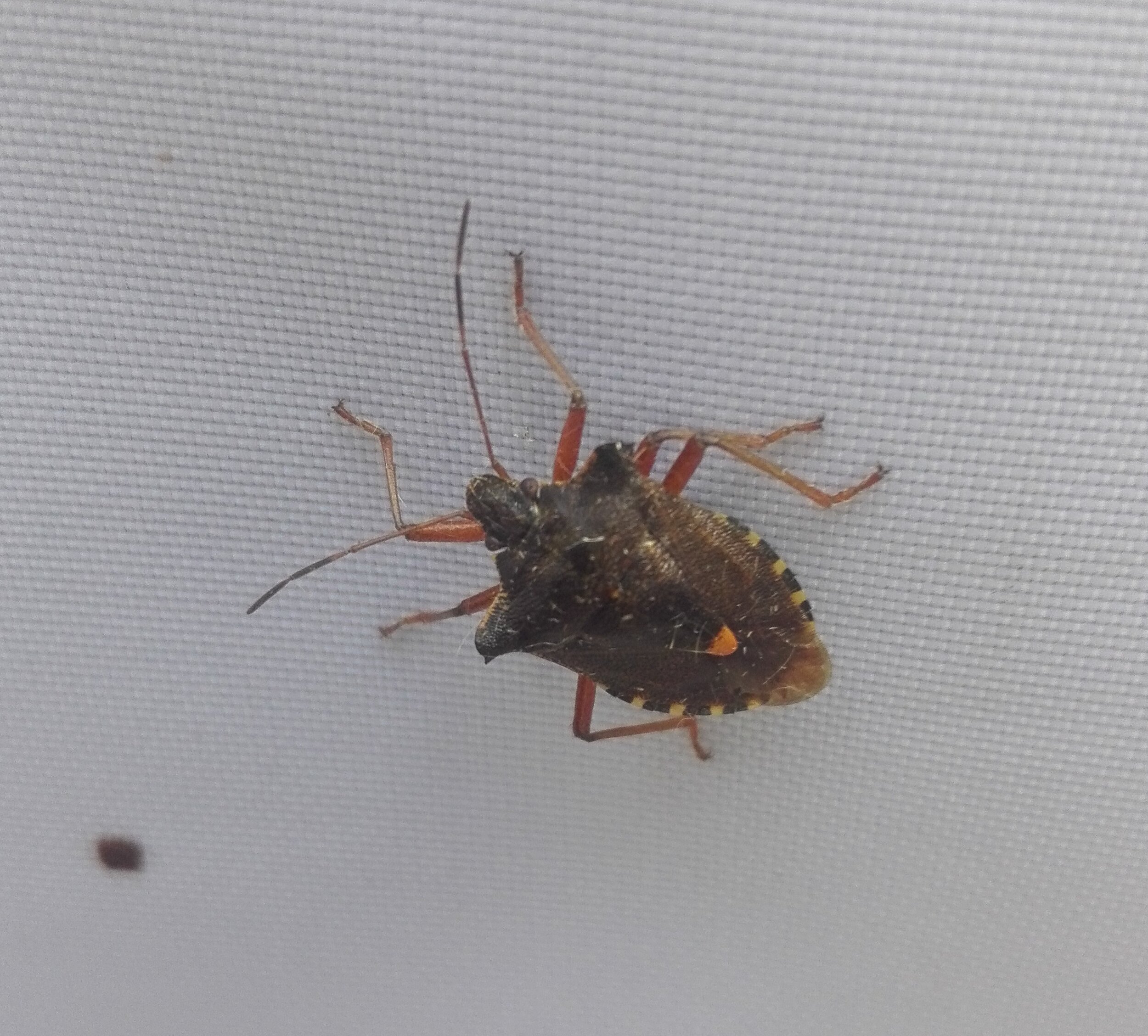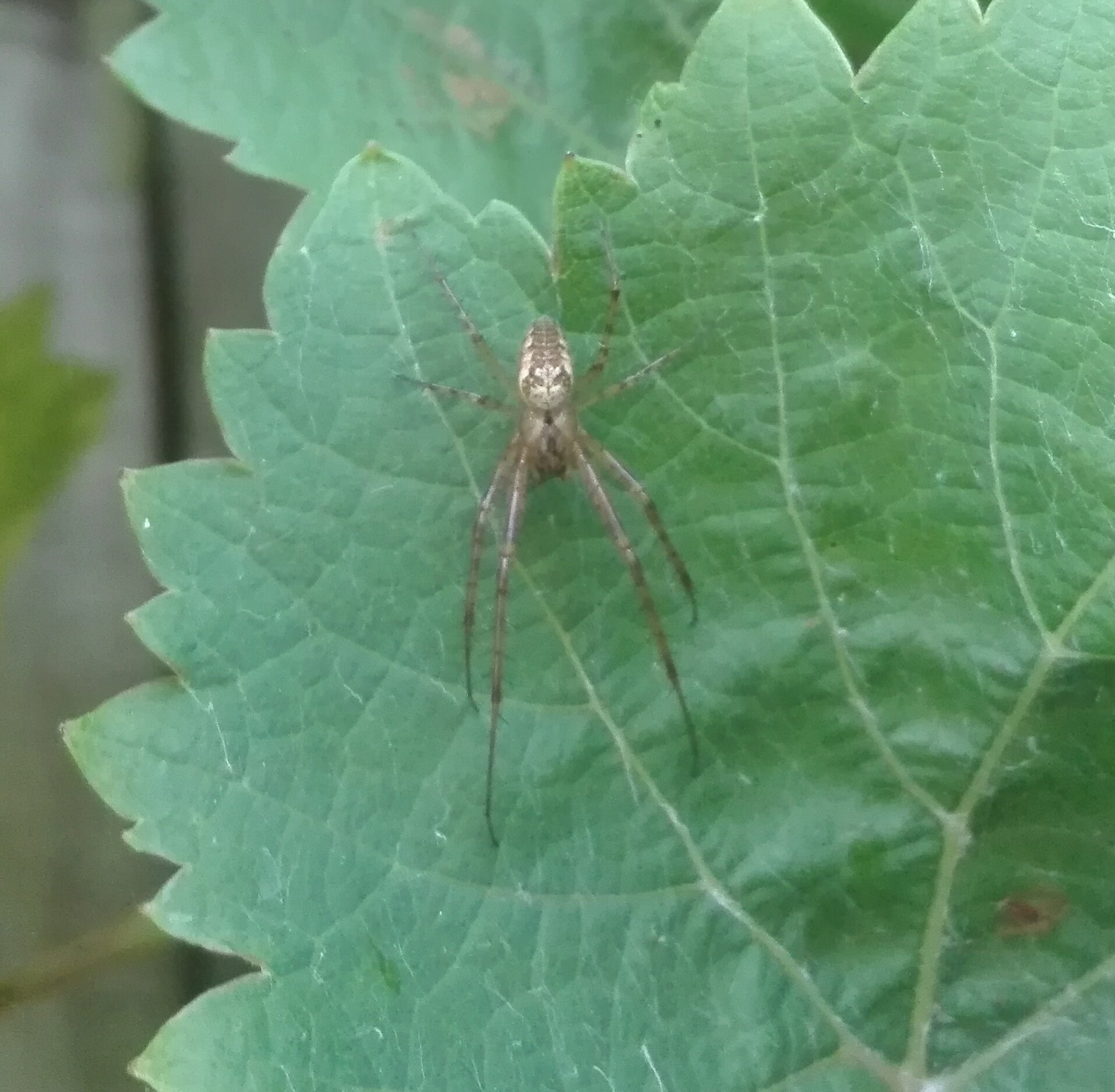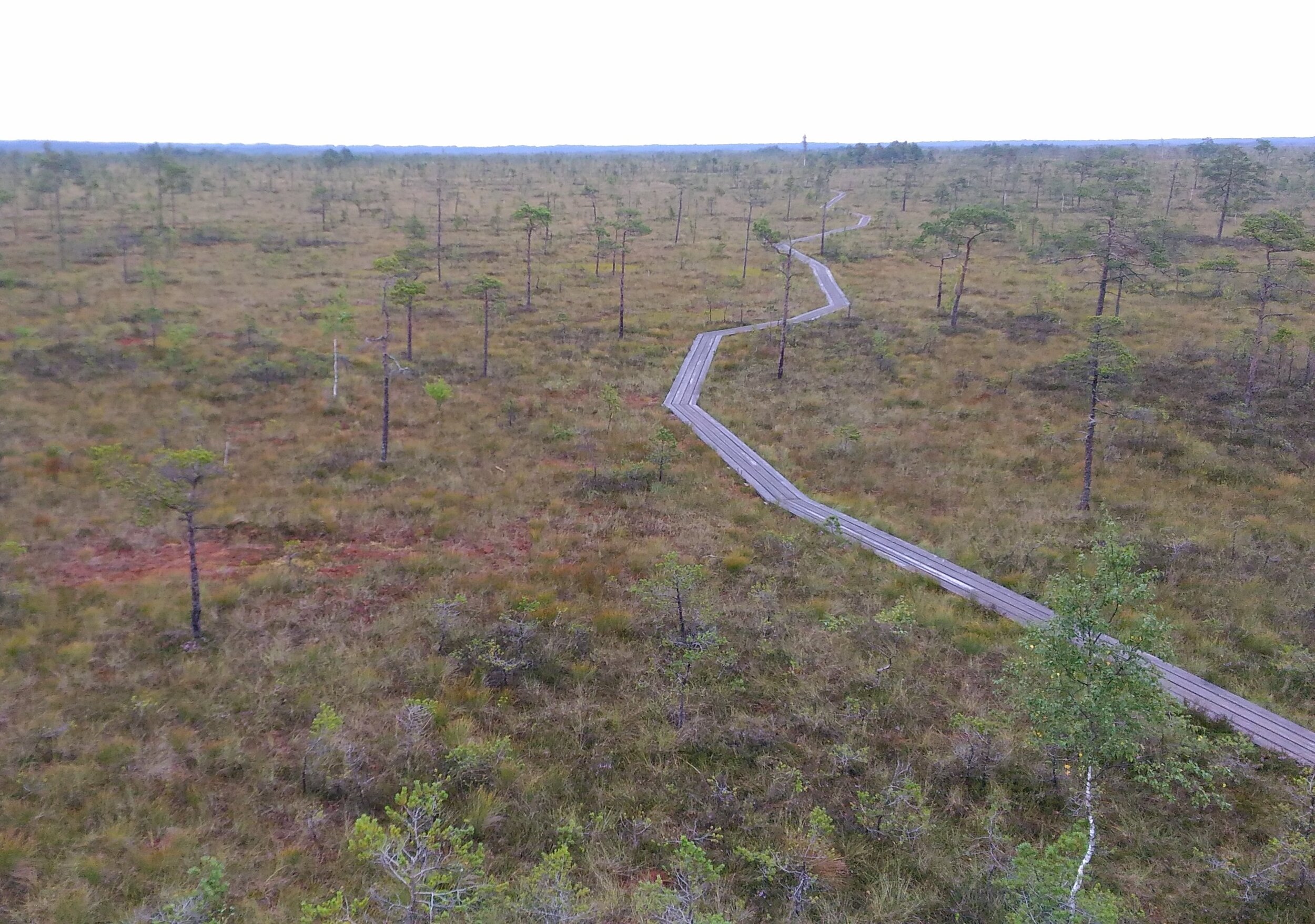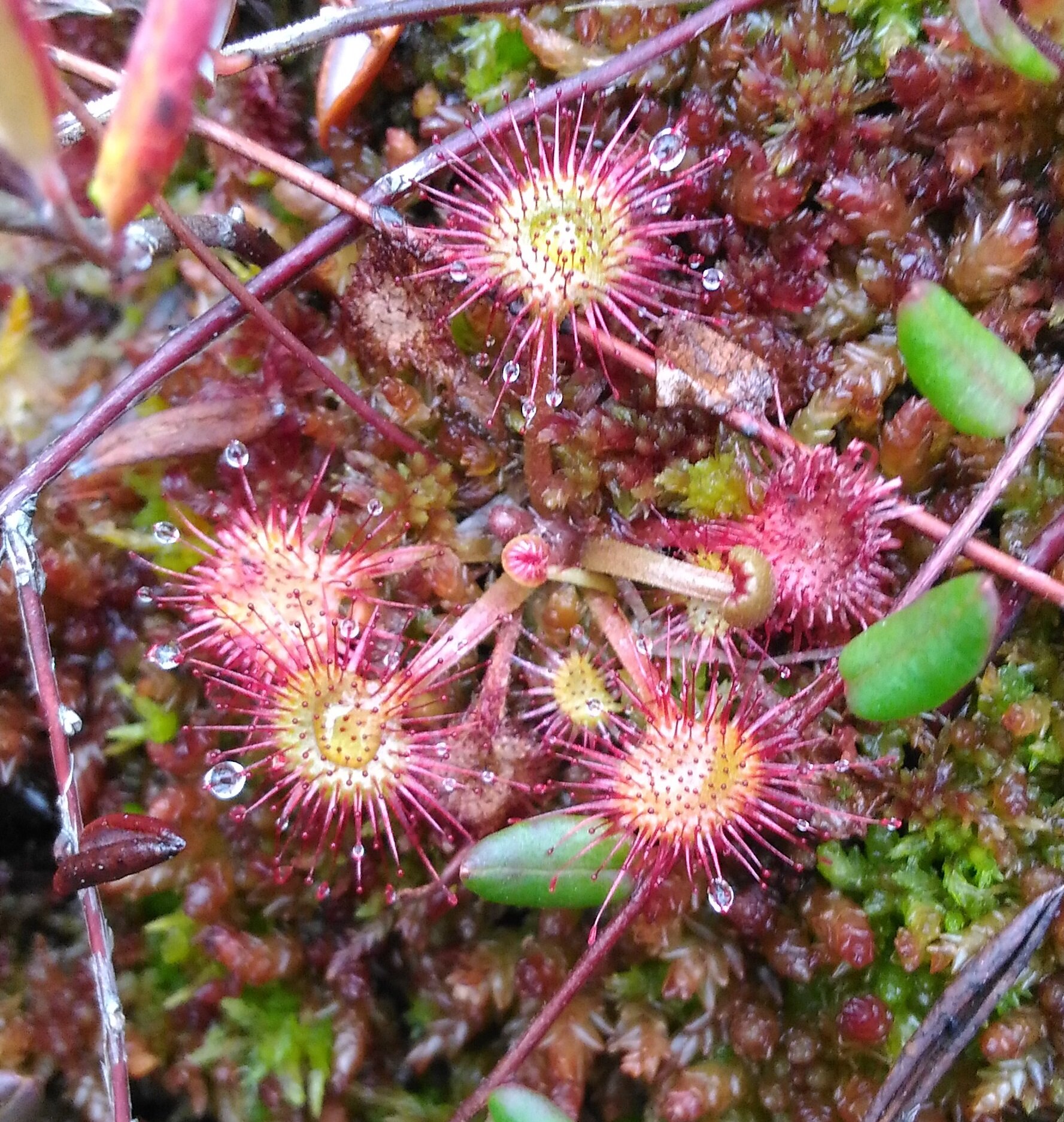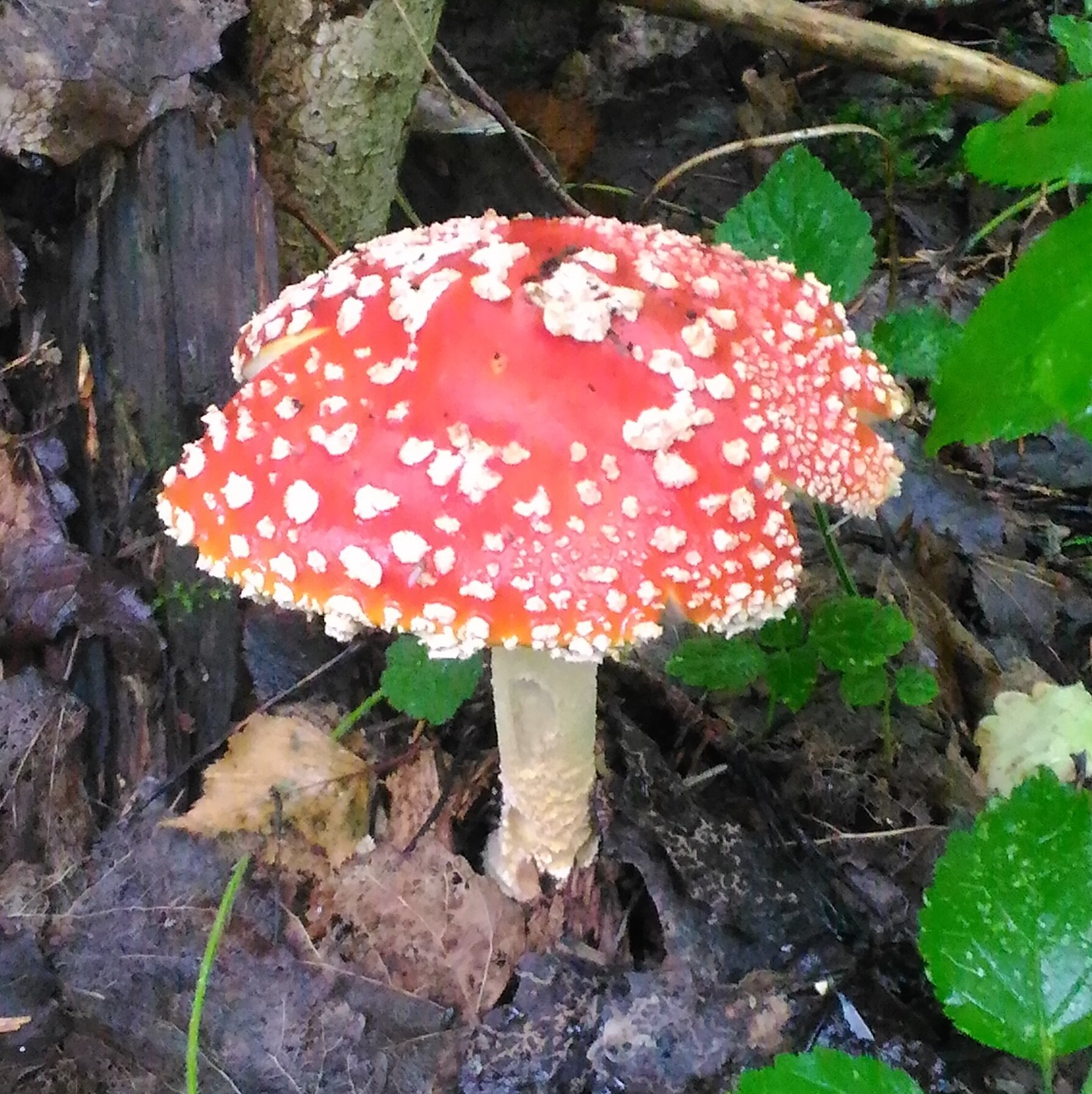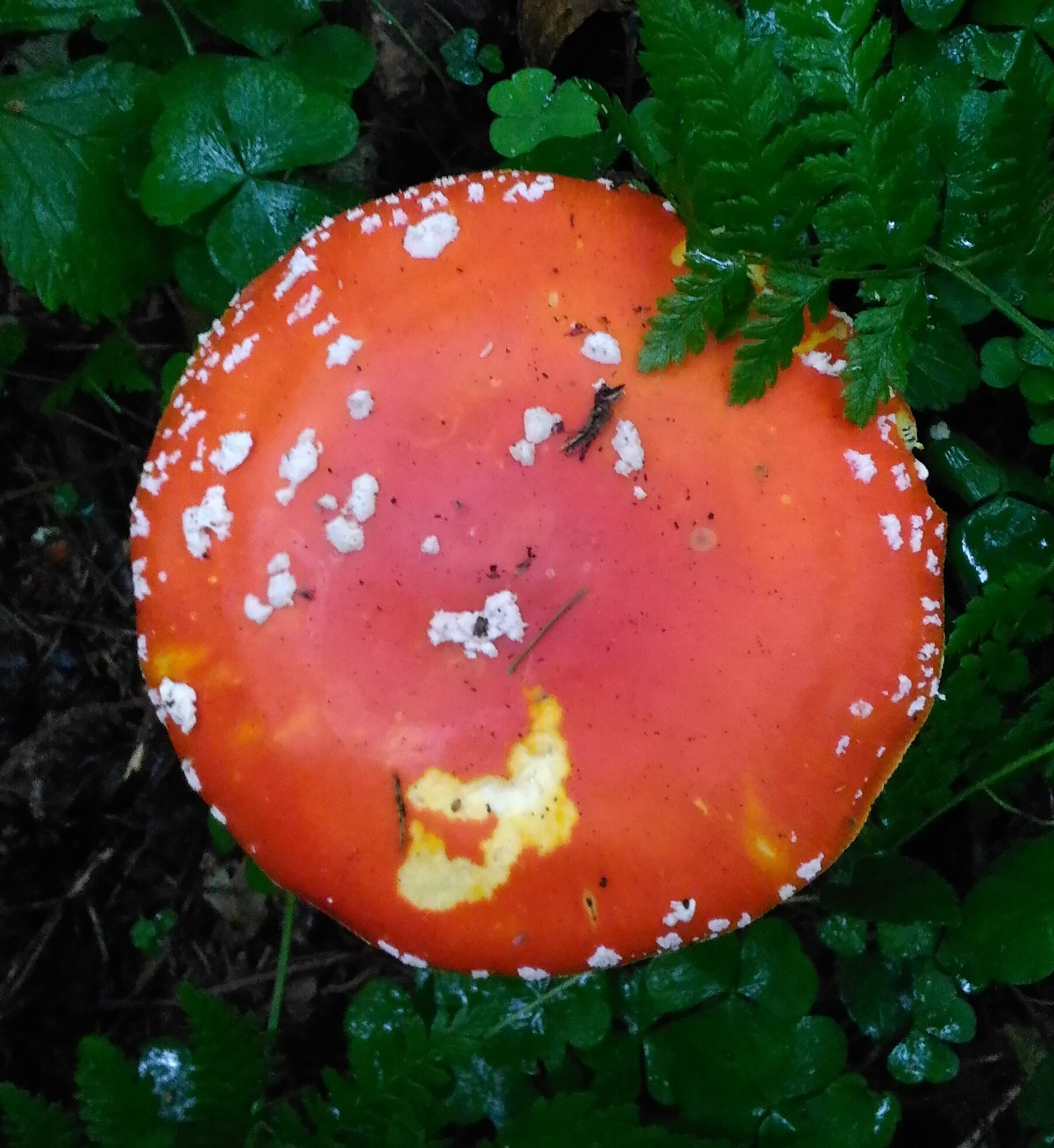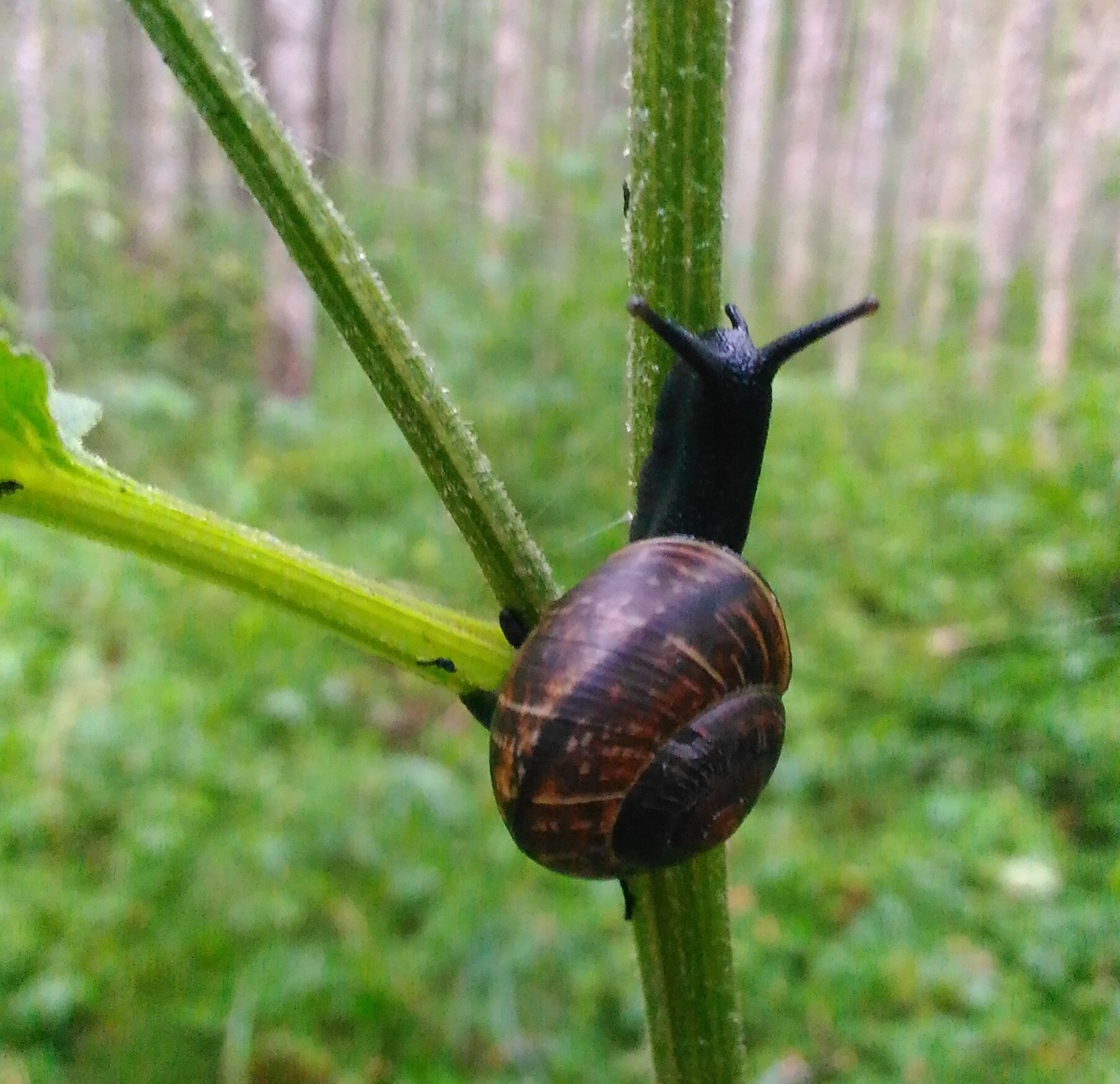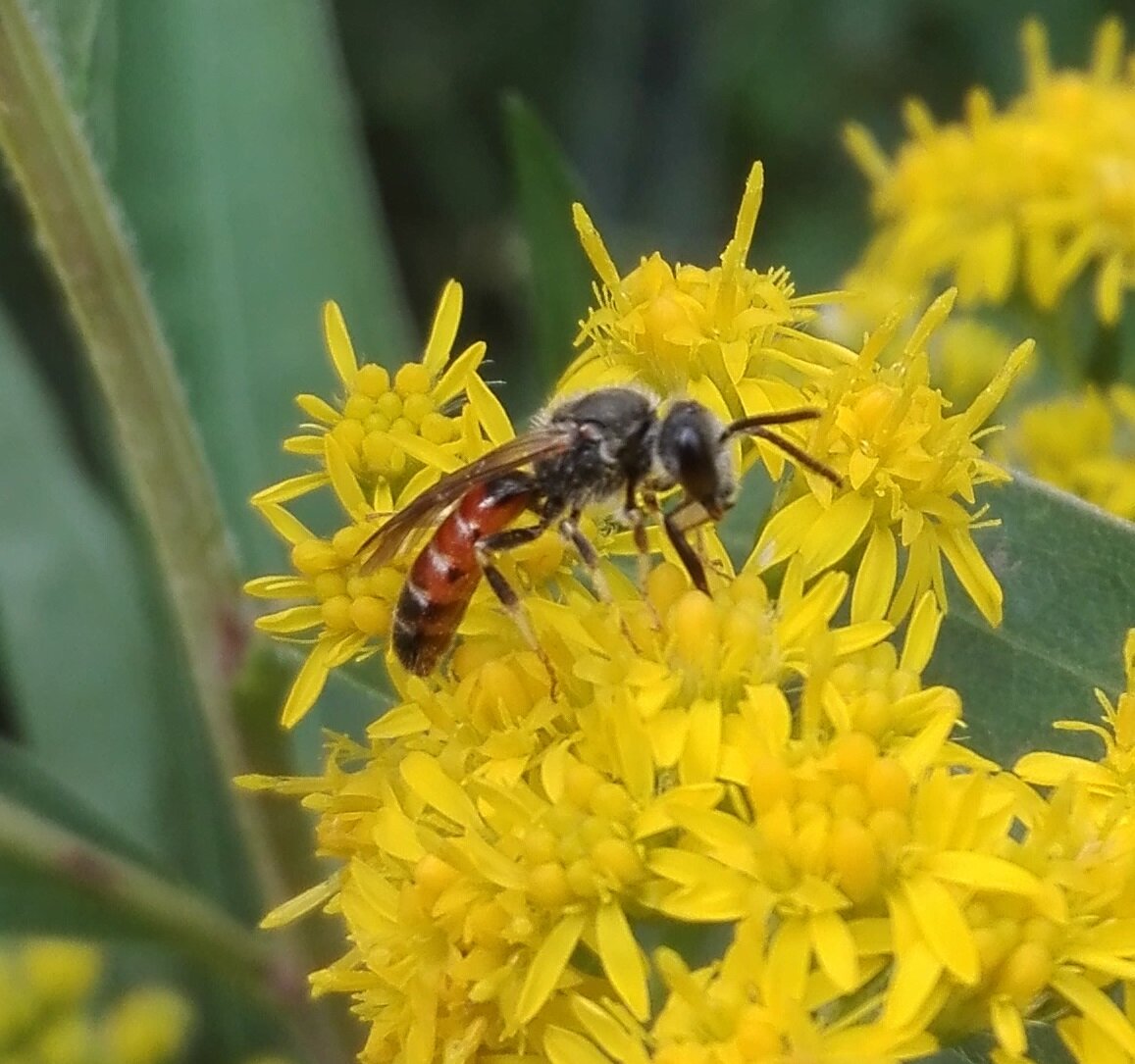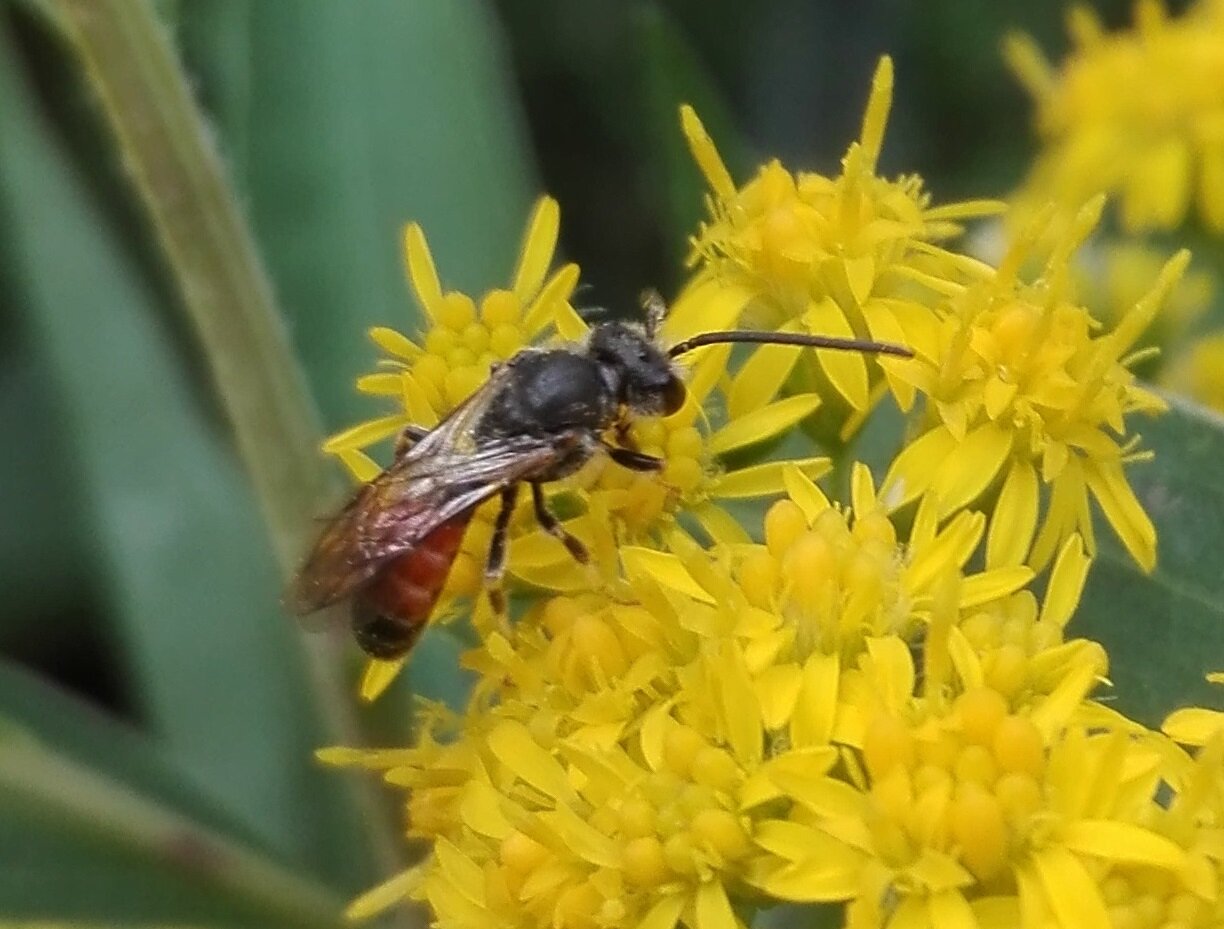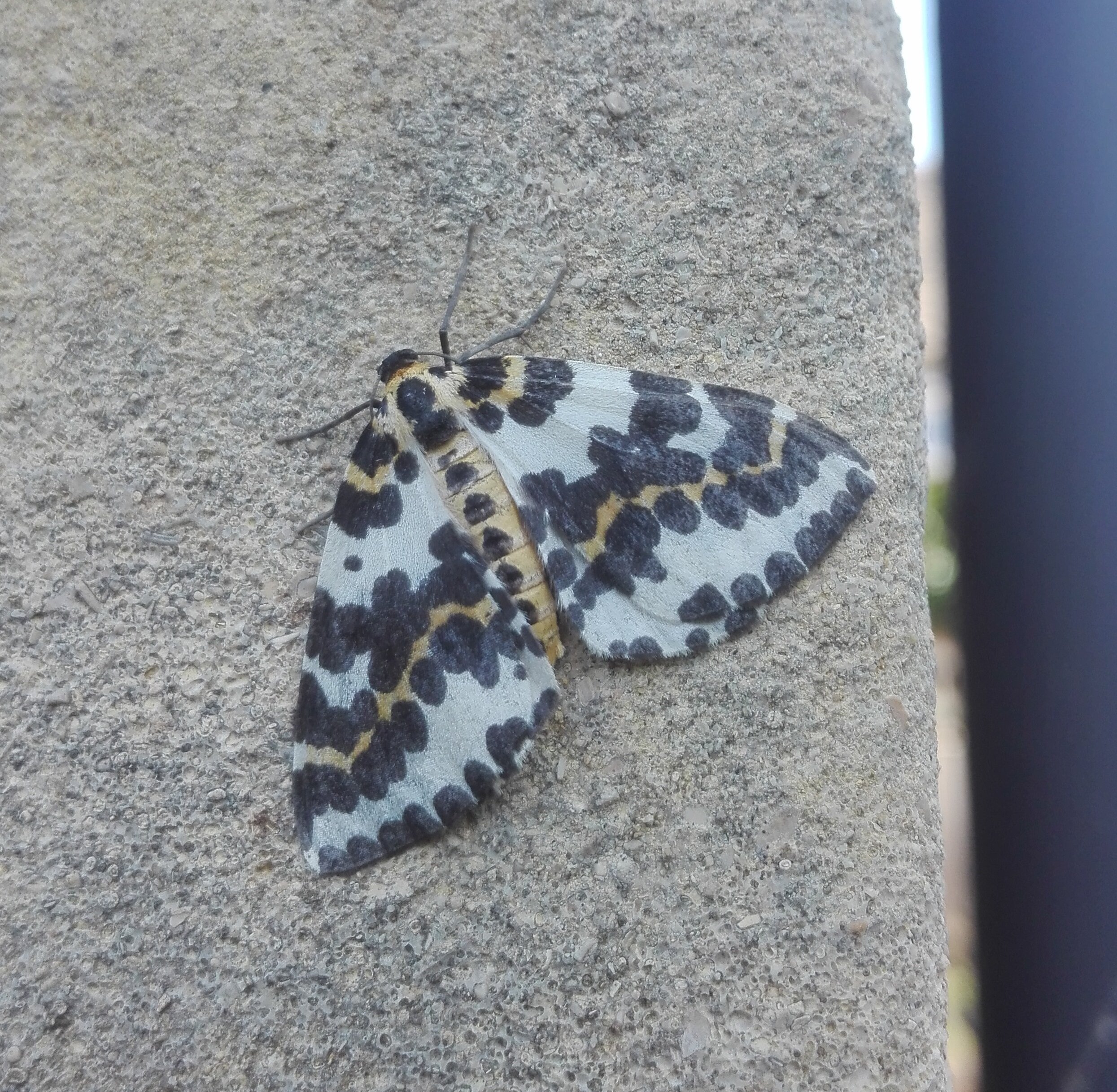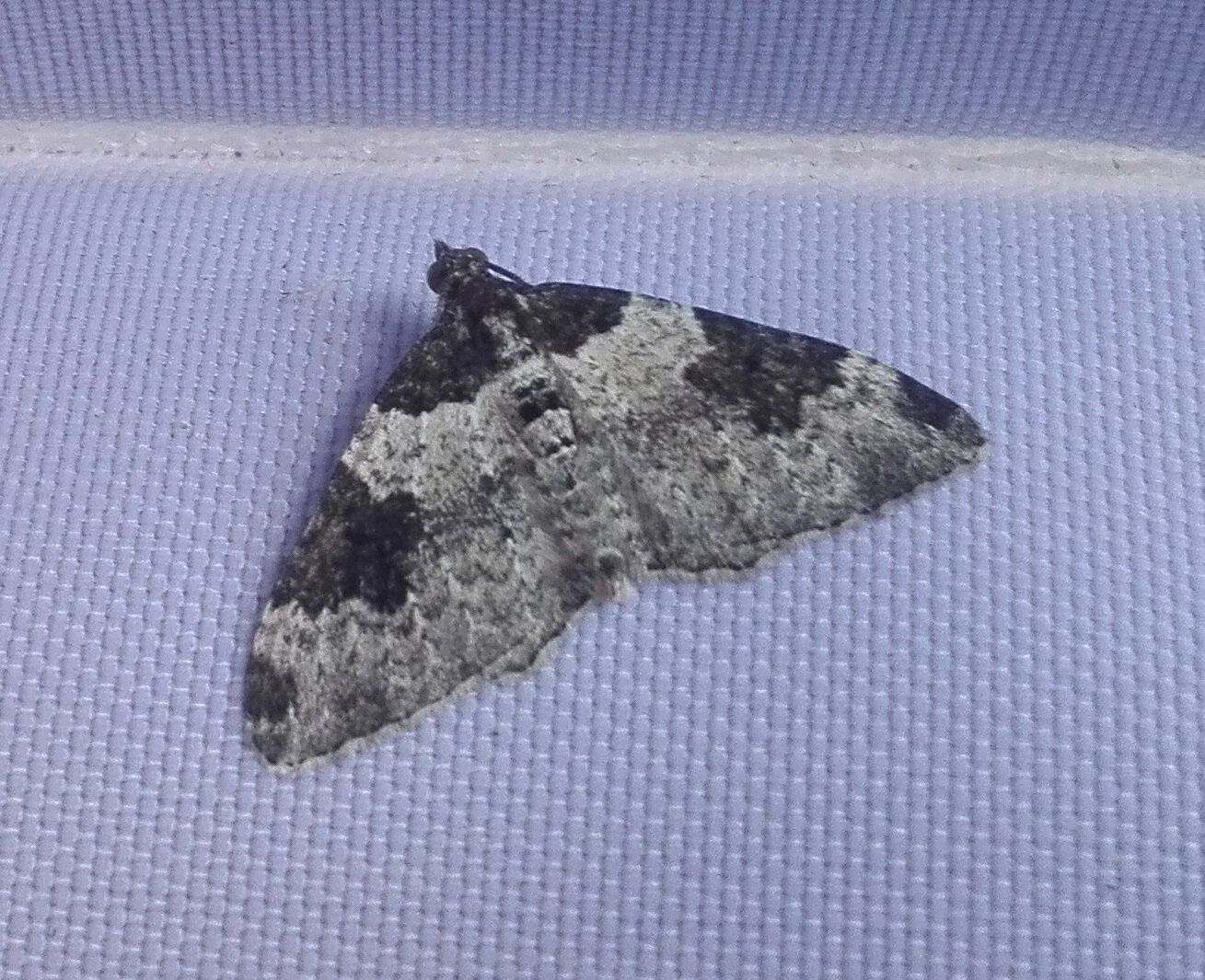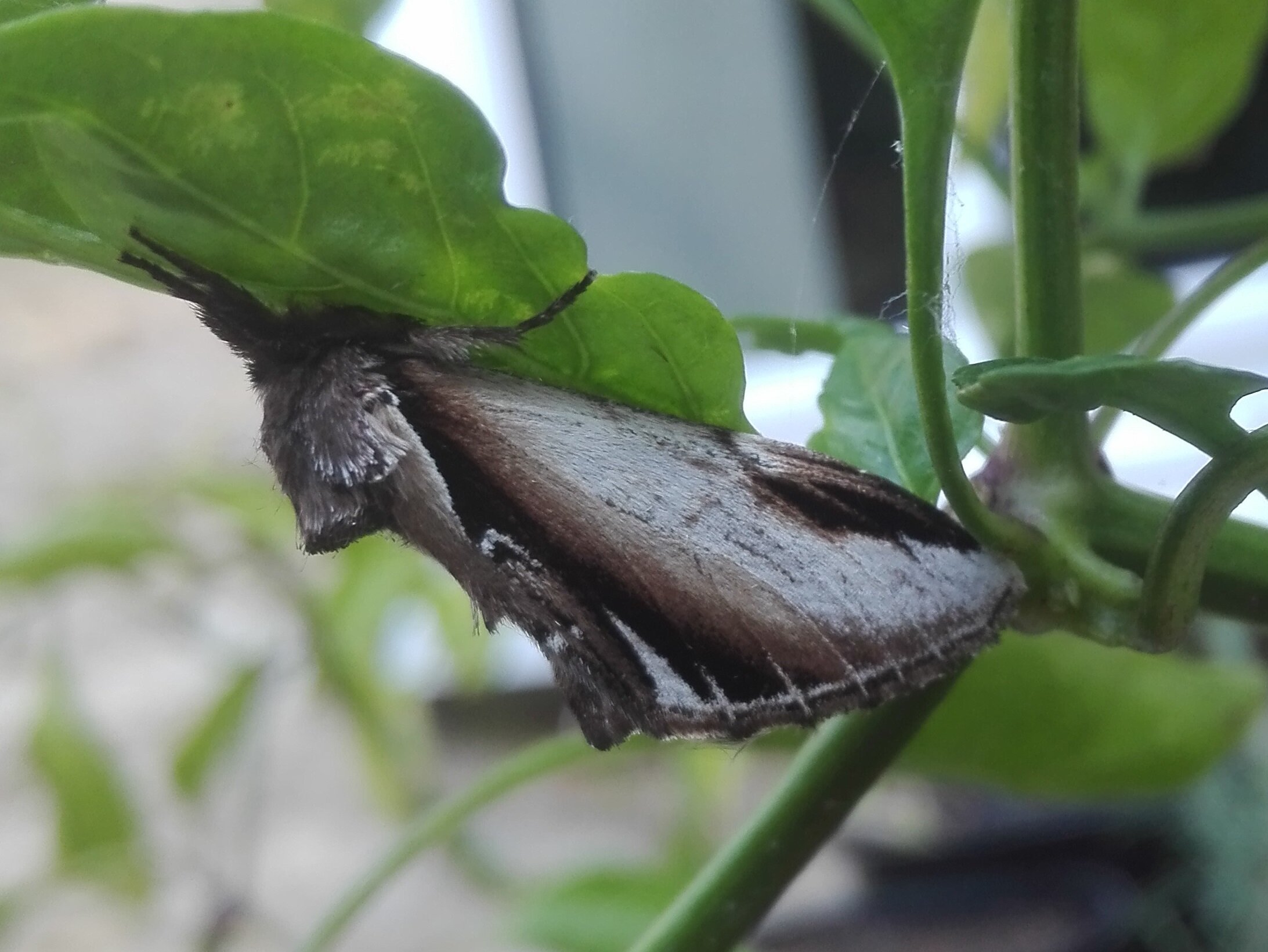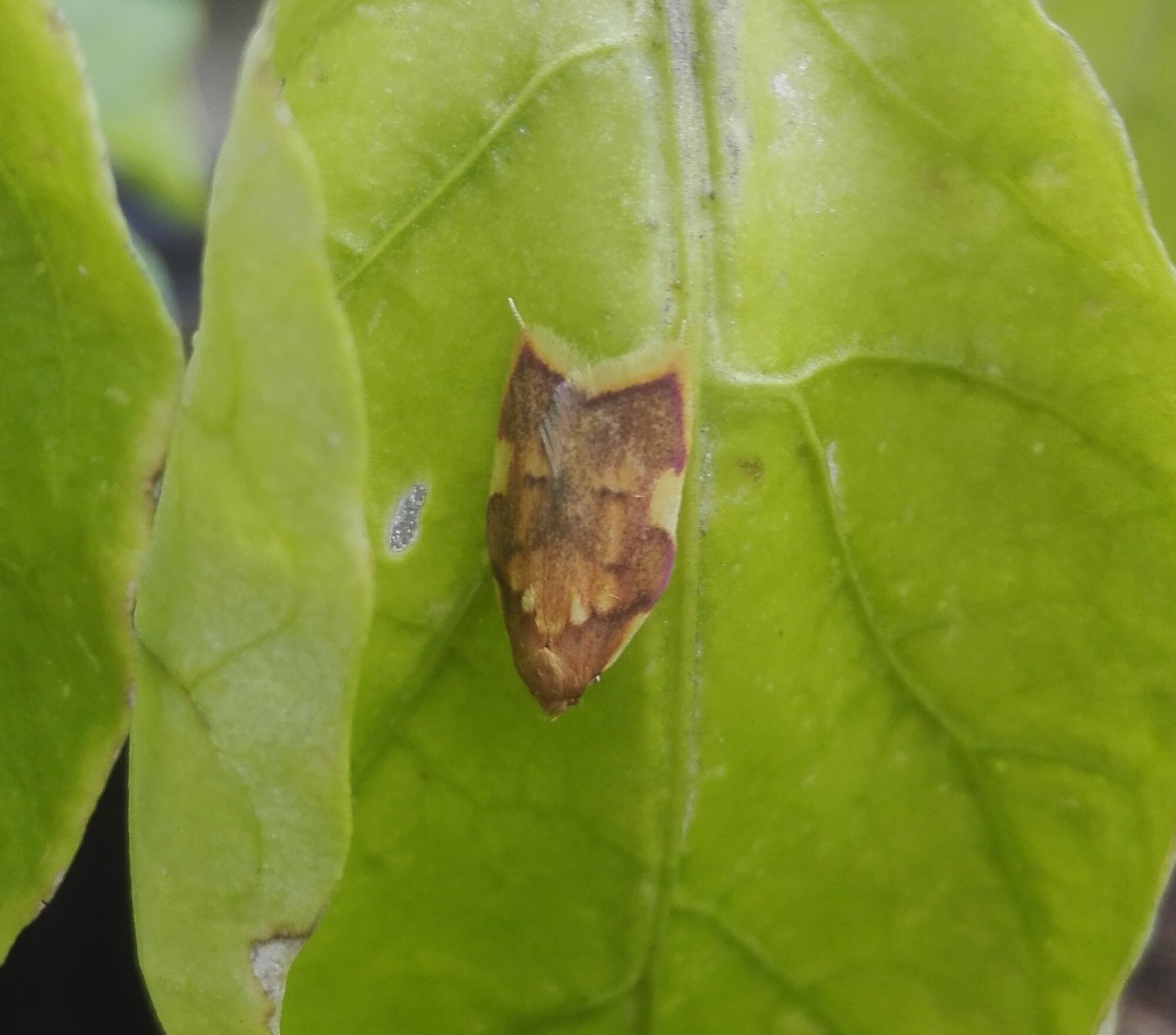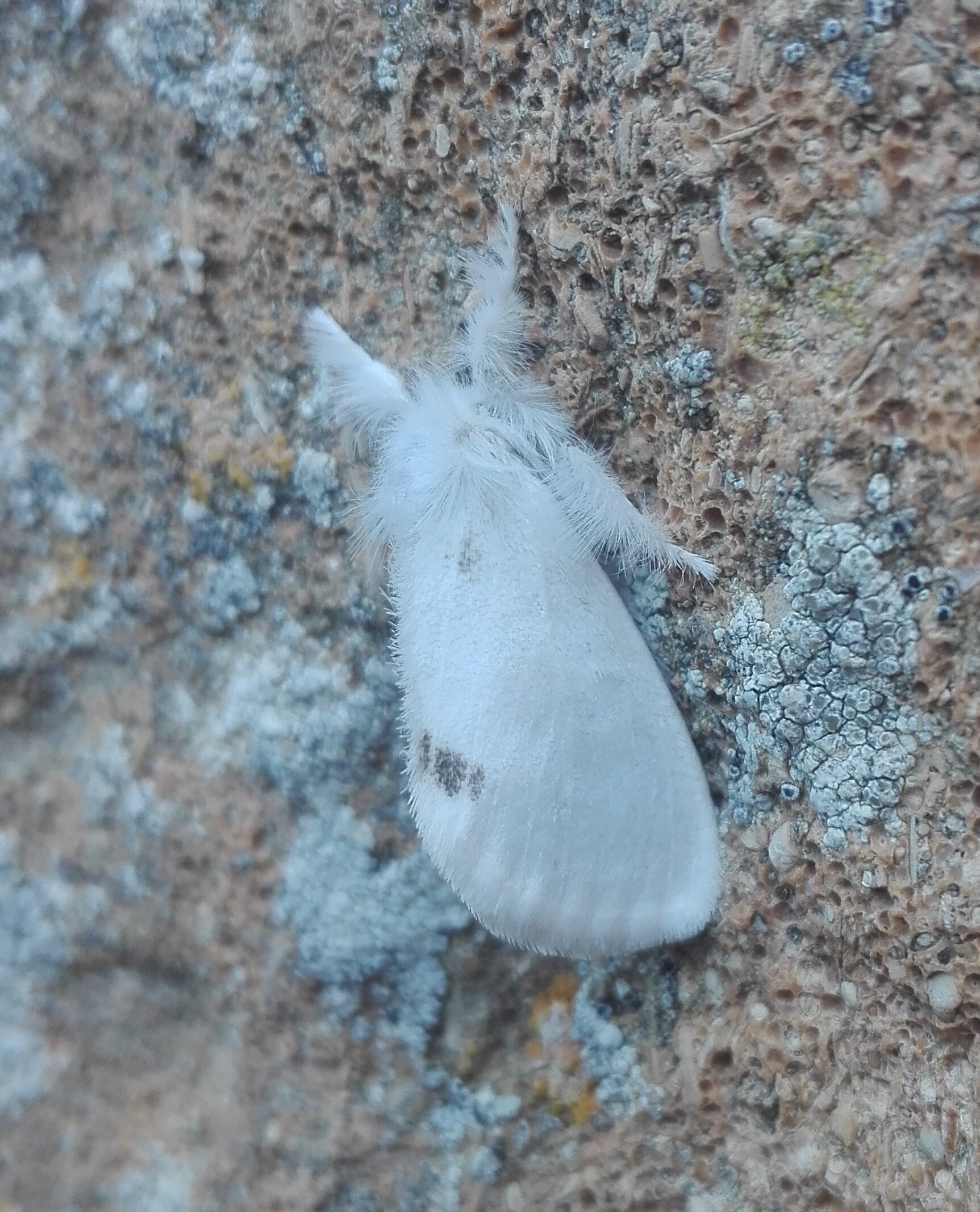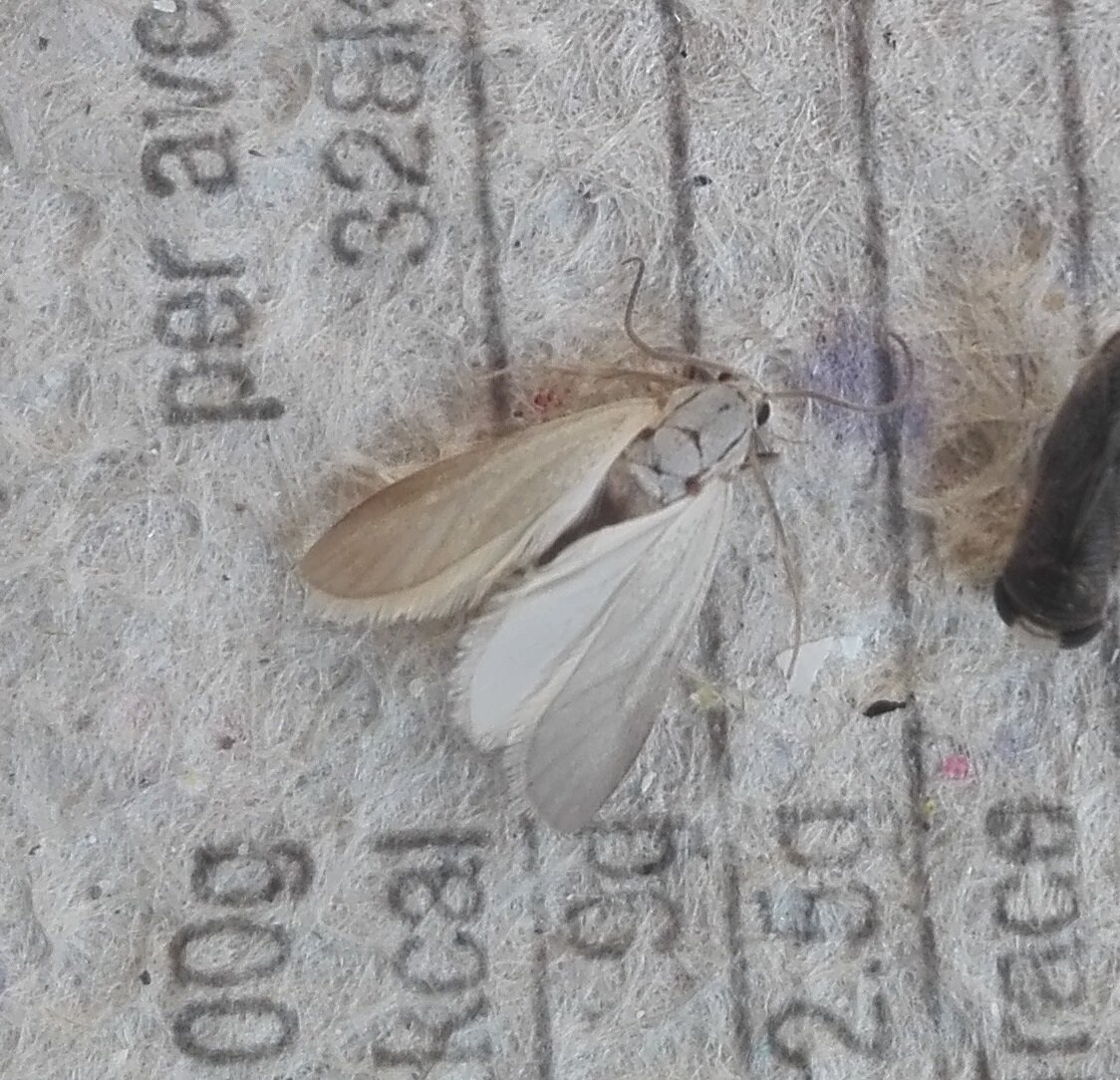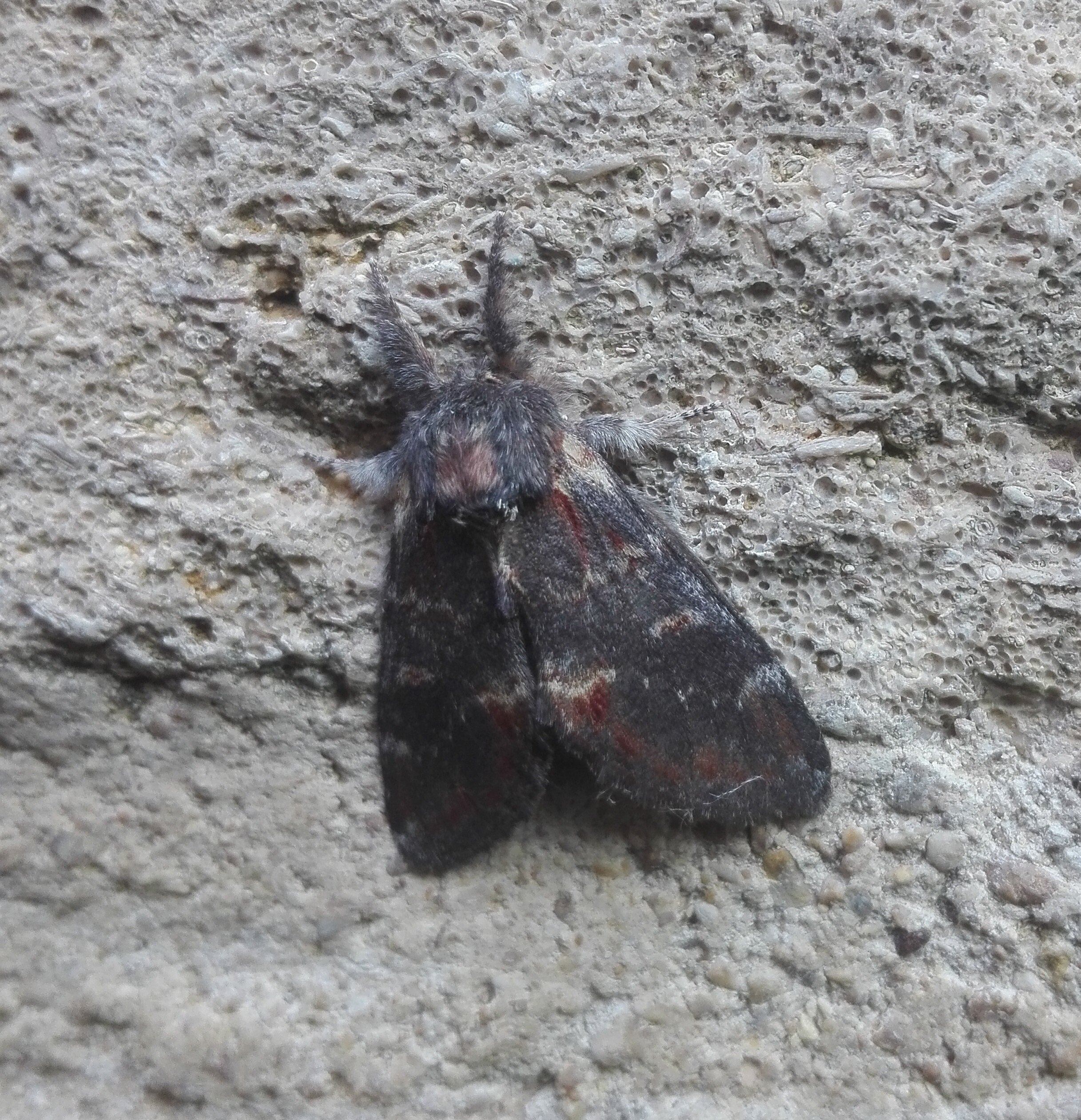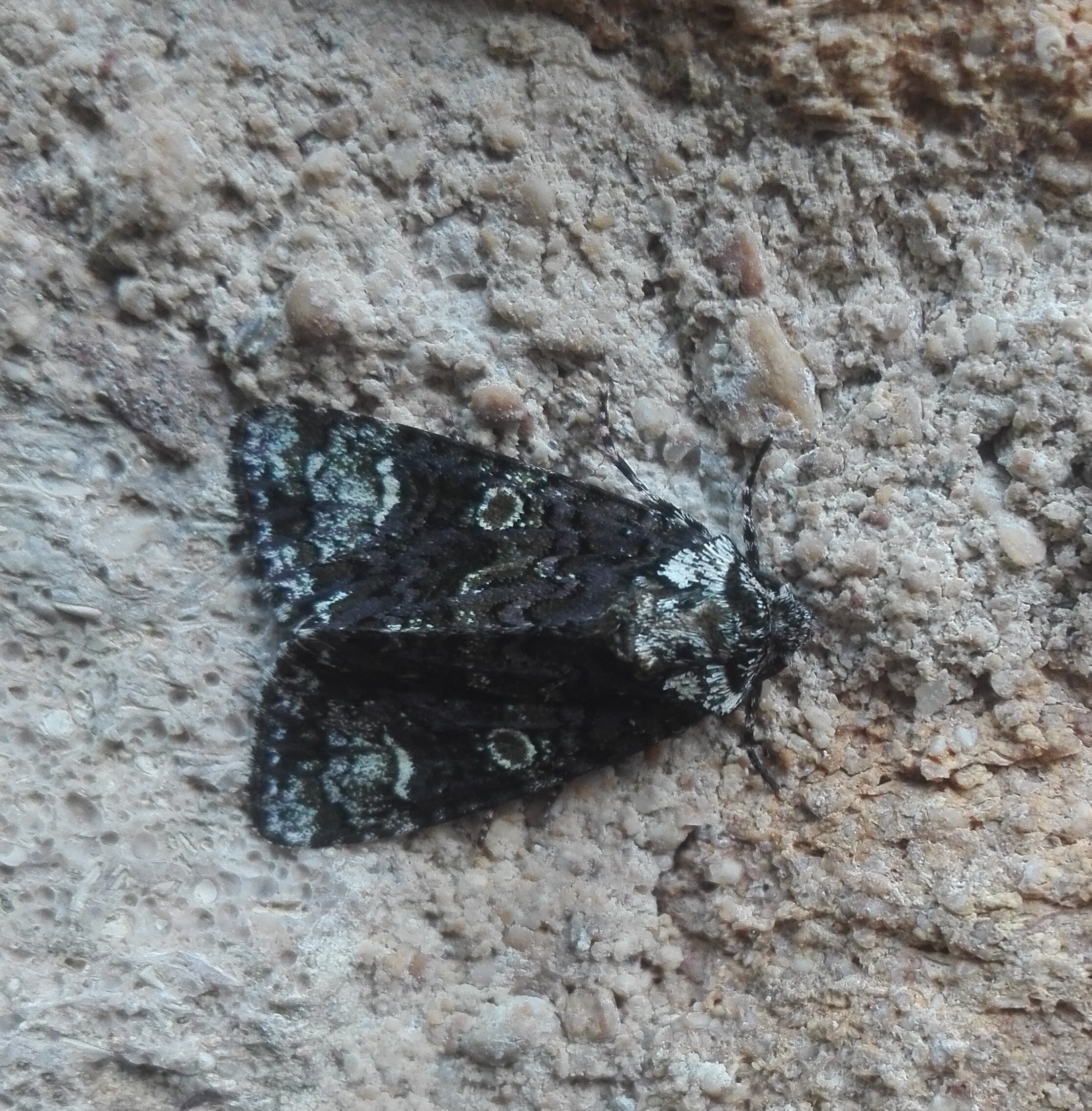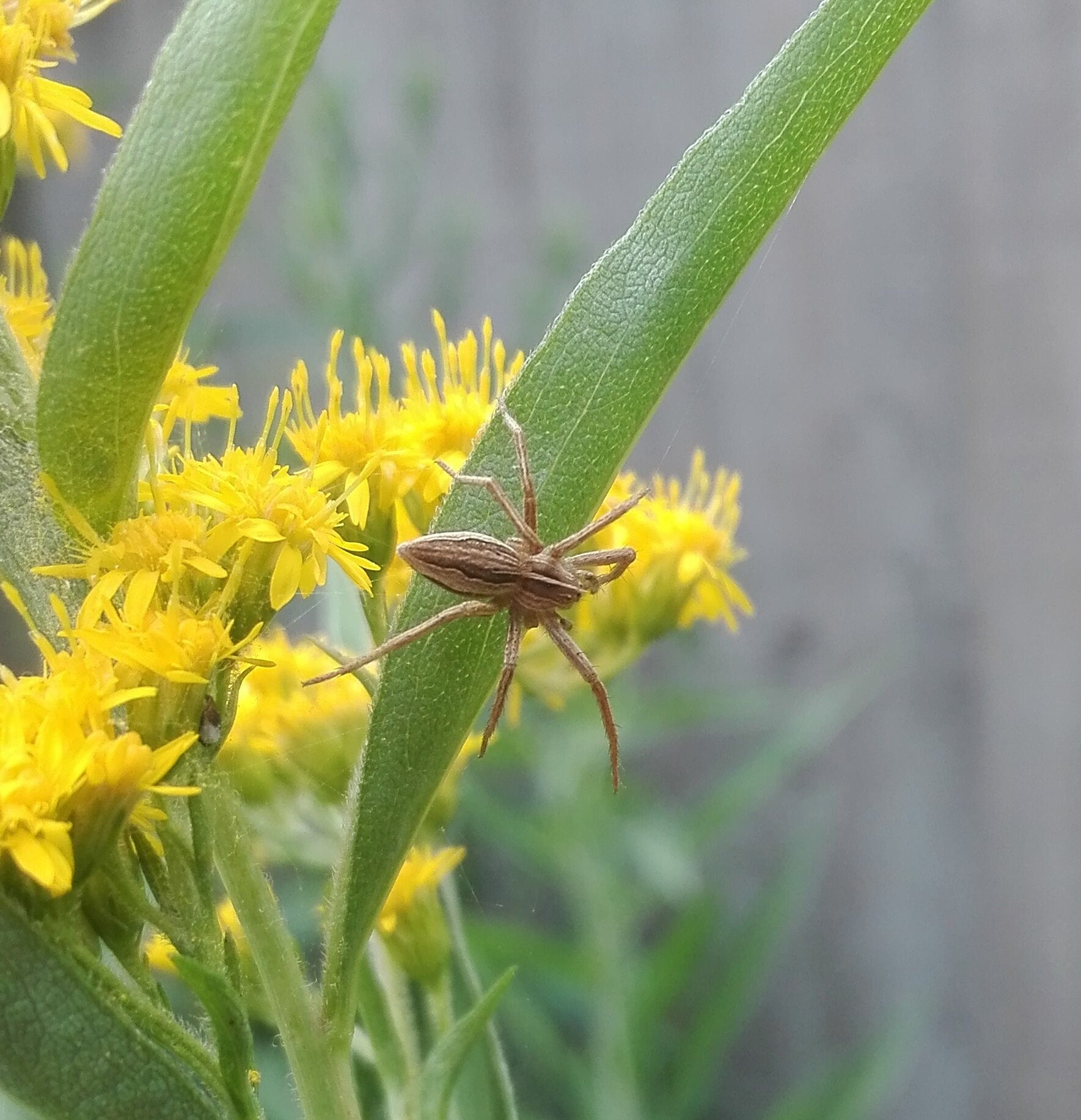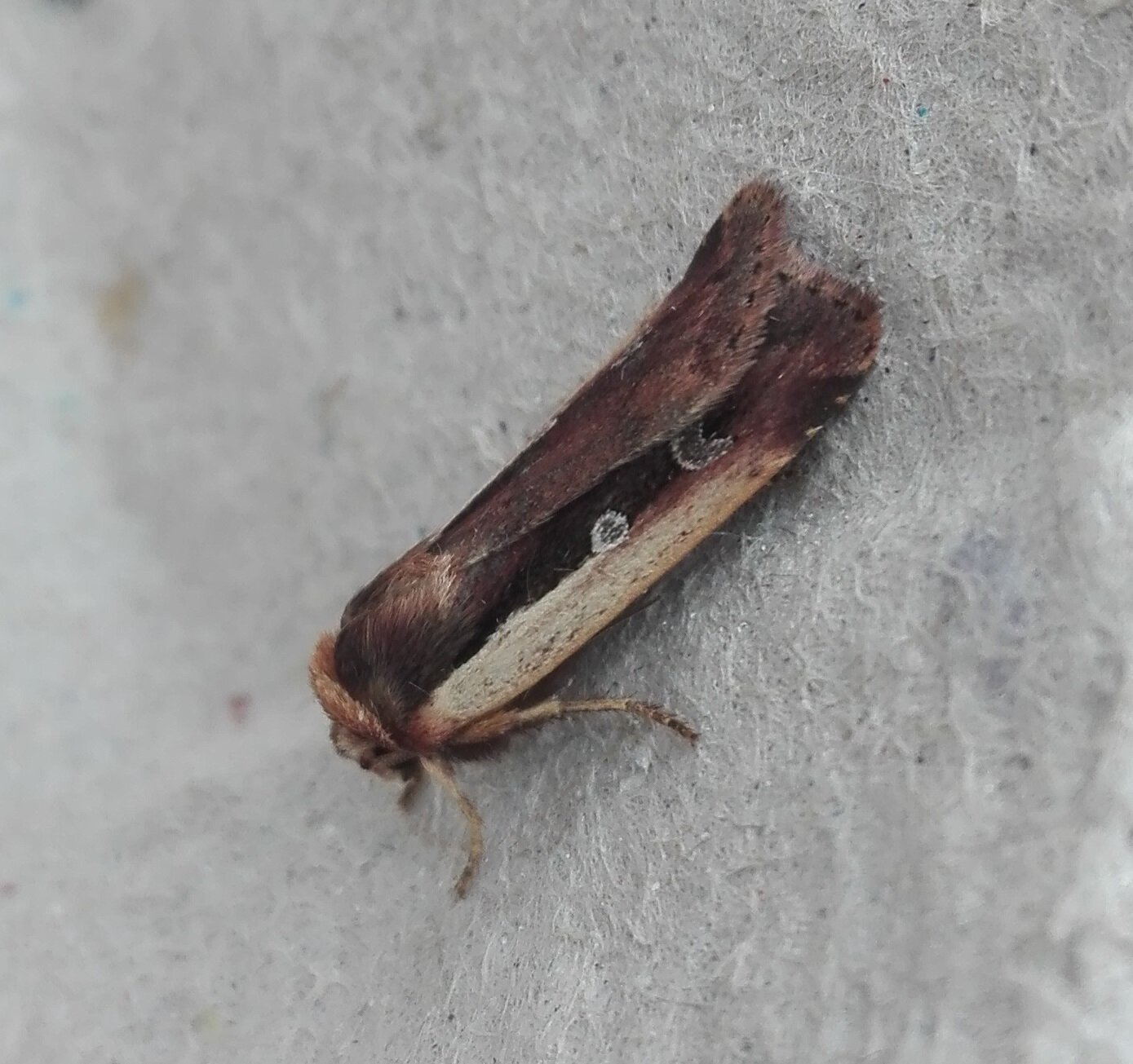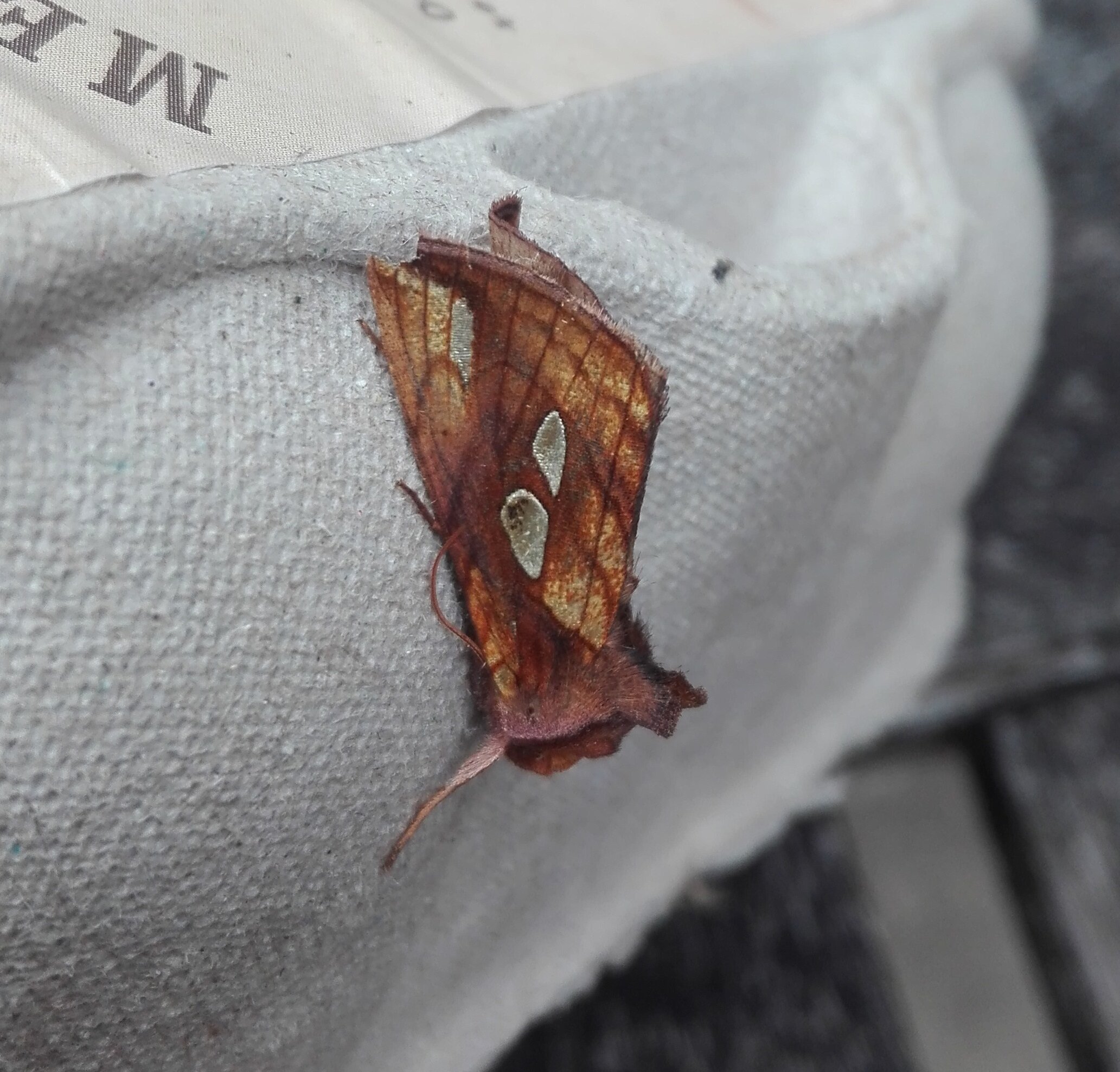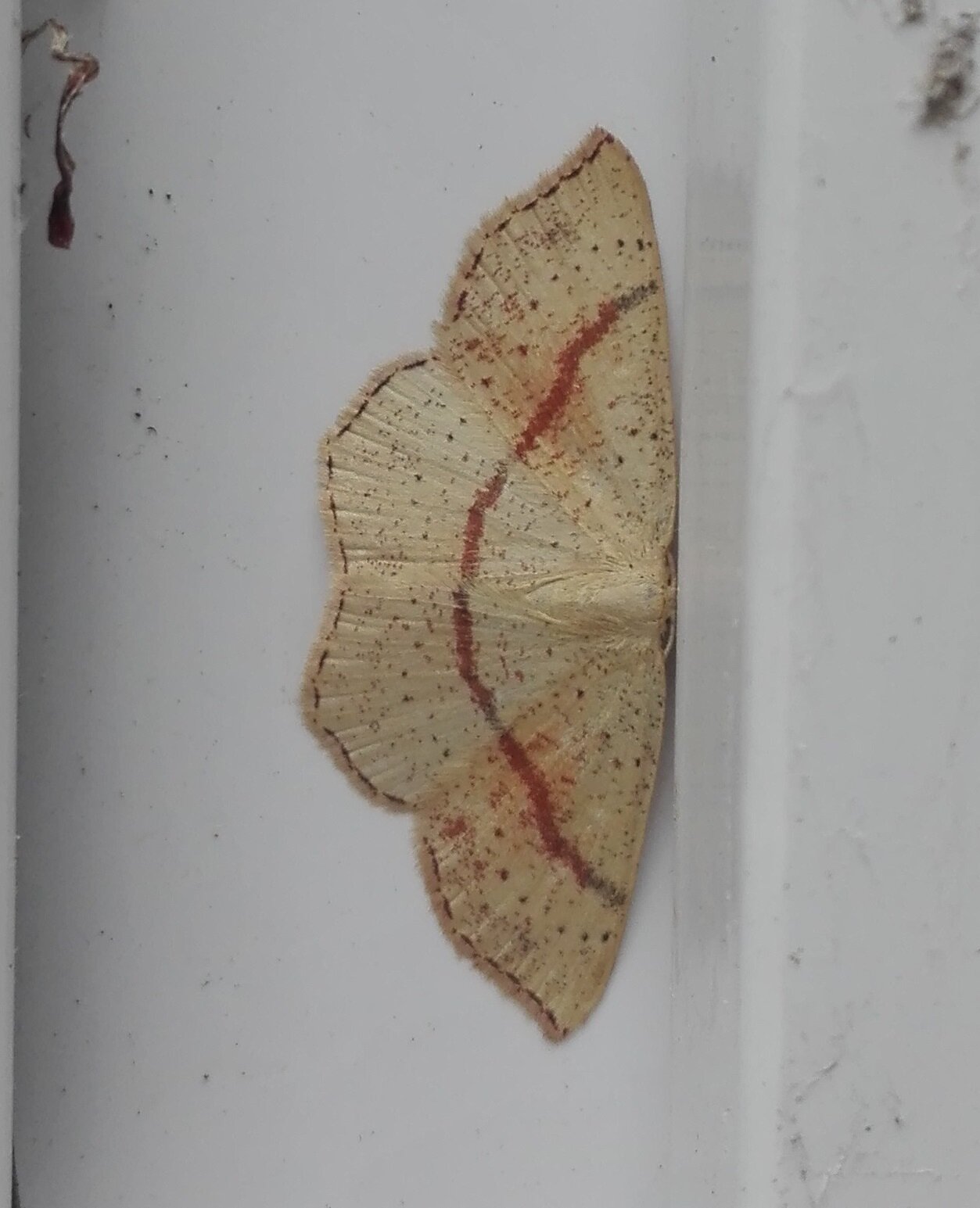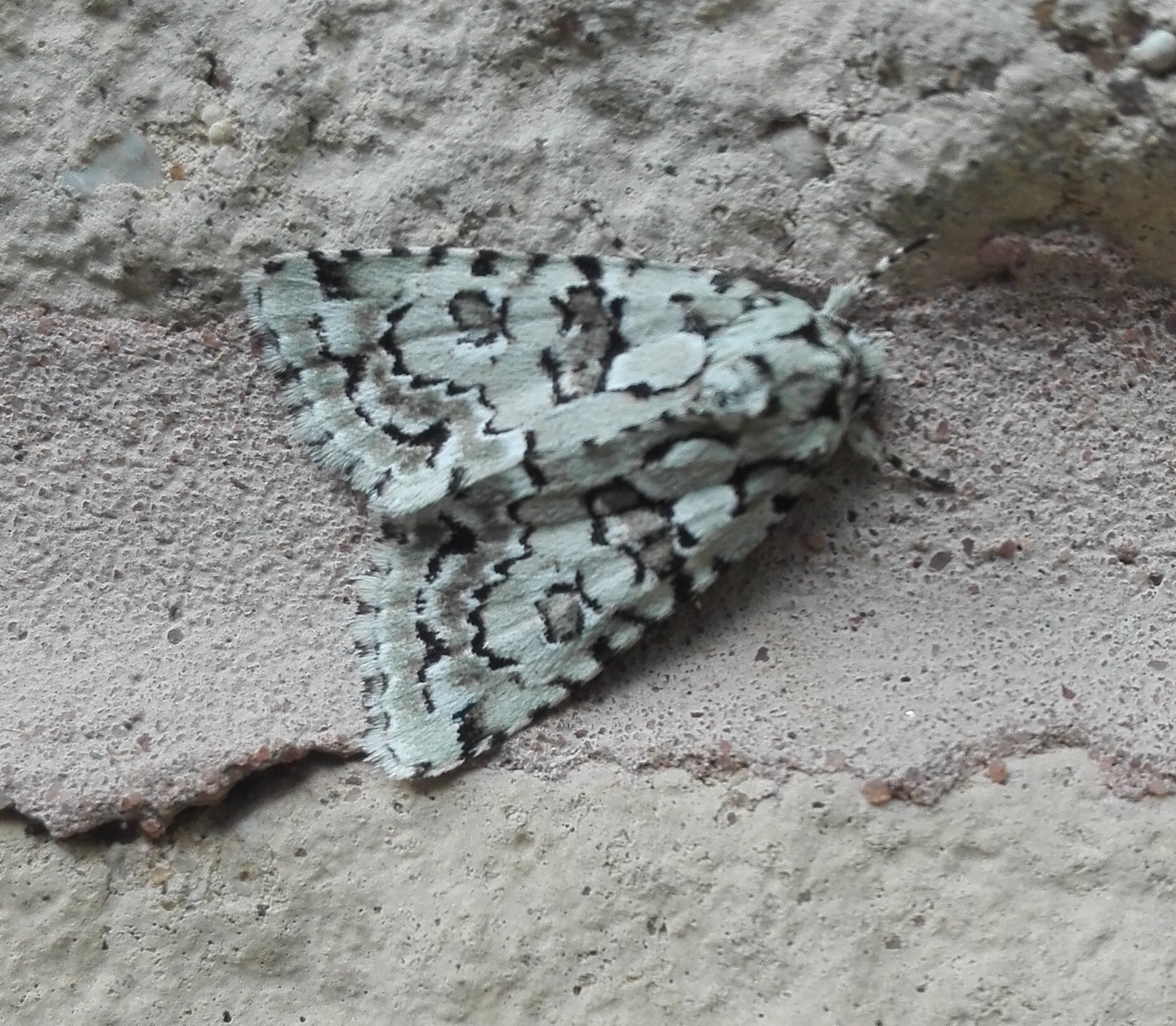Daddy Long Legs
/Although they are around most of the time from spring onwards, Autumn is really crane fly season and it’s unusual not to find a few on the house walls or in the house (where the cat likes to catch and eat them). There were many, including this brown-coloured Marsh Crane Fly, around until early in the month, whereas this Tipula confusa with its lace patterned wings is a late flier, attracted to the moth trap this week. The third species looks superficially like a crane fly, but it’s actually a moth which rolls up its wings at rest. The Common Plume Moth (Emmelina monodactyla) flies right through the Autumn and Winter from September to May, and like crane flies it is often attracted into houses by the light.




